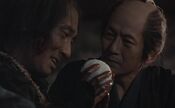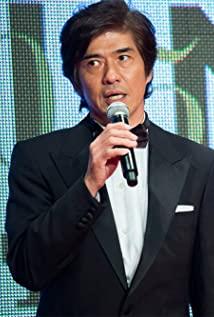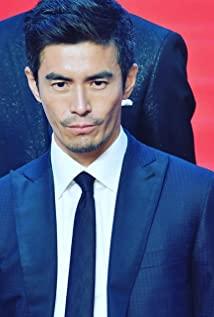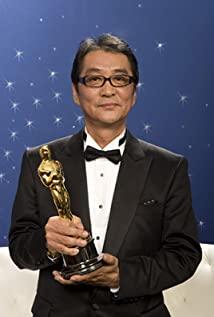But what I know about the Shinsengumi is only in recent years. At first, I just admired the bravery and fearlessness of these swordsmen who dared to stand in front of the wheel of history. Later, I gradually learned about the environment in which various forces compete at the end of the curtain. Slowly Slowly transforming Okita, Hijikata, etc. from once heroic symbols into living people.
It is believed that many people's understanding of Makumo started from the world of the second dimension. At that time, a historical drama work "Makumo Mechanism" said at the beginning: "Makumo is the last man who can create a new era with only the sword in his hand. The era of great promise". It is true that the turbulent times and the change of the current situation have created a large number of heroes, who are like dragons and horses in time, and who dare to go against the current is a new team.
Mibu Yoshihito, the focus must be on "righteousness". The Shinsengumi was established to support the righteousness of the shogunate. Saito was intoxicated and killed to pursue the "righteousness" of the samurai, and Yoshimura was to stick to the "righteousness" of his commitment to the happiness of his family. In this film, I am very pleased to see that in addition to the reproduction of historical details and the sturdy and vigorous performance of kendo, the image of Yoshimura is also unique: in contrast to the previous samurai who were serious and regarded life and death as nothing, Yoshimura seemed so "afraid of death" , he is also humble in dealing with his companions, and he is very excited when he hears that he can get more rewards - these are not incompatible with the traditional samurai values, but he also has something in line with: superb swordsmanship, fearlessness in the face of guns and guns His demeanor left me with an understanding of contradiction as a manifestation and compatibility in reality.
The so-called righteous person should take into account the big righteousness and the small righteousness, the responsibility of the family and the country, and should perform their duties to the end; for the well-being of their relatives, they should do their best to achieve goodness; the theory of life and death, when it comes to the righteousness, is actually too reluctant. Back to the most essential person: to live for a better life.
But Yoshimura did not completely break away from the times set for him, holding the determination not to be affected by the clan—and the most touching concern for his family—to commit suicide on the snowy night, and be rational All are acceptable.
However, his son took the treasured sword left behind and went to Hakodate, and left his young life there. This is really unacceptable, and it should be said that it is a tragic fate.
The hierarchical structure of the story is well grasped. Frequent recall and flashbacks do not damage the overall coherence. On the contrary, it can reveal the connections between the characters step by step, making the unfolding of each episode convincing.
View more about When the Last Sword Is Drawn reviews











